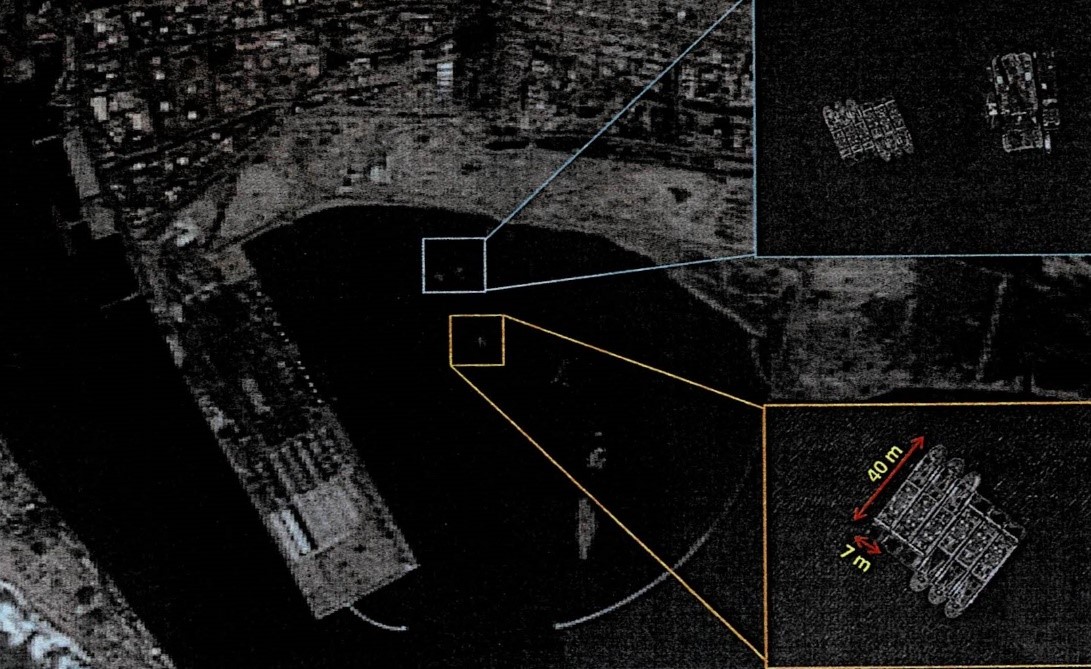By Shree Pandey
“Keep the enemy in the dark about where and when our forces will attack.”
Mao Zedong
While the world is still submerged in the aftereffects of the COVID-19 pandemic, India’s northern neighbour seems to be working on a discreet agenda. After a series of mis-hits in various regions along the Line of Actual Control (LAC) and the Chinese Maritime Militia (CCP) facing mistrust issues on governance and policies, China now seems to have resorted to its time-tested deceptive game plans. CMM happens to be the foremost asymmetric mode of evolution in that respect.
Understanding the CMM
The CMM can be understood as a deceptive force operating in the grey zone. This fleet comprises of modern fishing boats trained by the People’s Liberation Army (Navy) of China PLA(N). It performs a variety of roles; from logistic management, to search and rescue. However, their primary task is to conduct surveillance, reconnaissance and intelligence gathering, while operating at sea under the cover of innocent fishing traffic.
Over the years, the CMM has evolved from being a small and ‘near the sea’ force to a robust and critical element of China’s national maritime strategy, and has played a pivotal role in establishing a de facto Chinese operating presence in disputed areas—in effect challenging counter-claimants’ ability to maintain control over disputed features. Incidents like the harassment of USS Impeccable in 2009 and confrontations with Vietnam over an oil drilling platform in 2014 formed part of CMM’s mandate.
China’s economic seduction
While initially focussed on the South and East China seas, in the past few years, China has been diverting its attention and increasing its presence in all the oceans under the ruse of Belt and Road Initiative (BRI) and various other business opportunities. Such projects were affiliated with countries who have succumbed to China’s economic seduction. In the Indian Ocean Region (IOR) too, capitalising on the strained relations with India’s neighbour- Pakistan, China has strengthened its coordination between the PLA/CMM and Pakistani Forces, all under the pretext of CPEC.
China seems to have camouflaged its intentions and presented Pakistan with 12 modern fishing trawlers earlier this month. A senior Karachi port official has stated under anonymity that the training onboard these advanced trawlers is being conducted by PLA(N) representatives jointly with the Pakistani Marines.
State-of-the-art equipment
The fishing trawlers are equipped with state-of-the-art equipment and latest technologies. They have the capability to undertake limited asymmetric warfare as a tool for surveillance and intervention, as and when the need arises. With prolonged endurance and capabilities to serve as mobile platforms in IOR, the vessels can be used to provide complete information on the deployment of multi-national forces in the region.
Additionally, any harm to these trawlers will invite a direct conflict with both Pakistan and China and will disturb the homogenous maritime environment of IOR which has been preserved by the Indian Navy (IN) till date. While these boats serve the military agenda of Pakistan, local fishermen and their livelihoods would be endangered. India needs to be concerned and alert about the likelihood of these boats being used for interfering and impeding India’s Naval and Coast Guard operations.
Threat to India’s marine resources
The increased presence of Chinese fishing trawlers in IOR, aside from being a security concern for India, also threatens to deplete India’s marine resources. Over the years, largely benefitted by Chinese government’s subsidies, these fishing vessels have travelled far off into foreign seas to satiate China’s large appetite for seafood. China has been successful in ensuring that CMM becomes an active part of Pakistan’s fishing fleet.
Now, with ‘back-door’ negotiations, China has efficiently coerced Pakistan into issuing the deep-sea fishing license exclusively to Chinese companies. These state-of-the-art fishing vessels are equipped with latest technologies and gadgets which enable them to sweep a larger area and mine even the smallest fish of the region. The deep-sea fishing techniques and use of high-voltage LED lights to attract fish by these Chinese vessels, is a severe threat to the marine ecosystem. They not only capture a huge quantity but, in the process, also cause irreparable damage to all aquatic life. This should be a cause of concern for the Indian government.
While these reasons are enough for India to raise flags, there is yet another concern which arises in crowded seas – increased chances of accidental collisions, which risks man, material, money and marine ecosystem equally. Such collisions could be planned operations by the CMM.
“All warfare is based on deception. Hence, when we are able to attack, we must seem unable; when using our forces, we must appear inactive; when we are near, we must make the enemy believe we are far away; when far away, we must make him believe we are near.”
Sun Tzu, Art of War
About the author
The author is a freelance journalist and a research scholar of International Humanitarian Law

